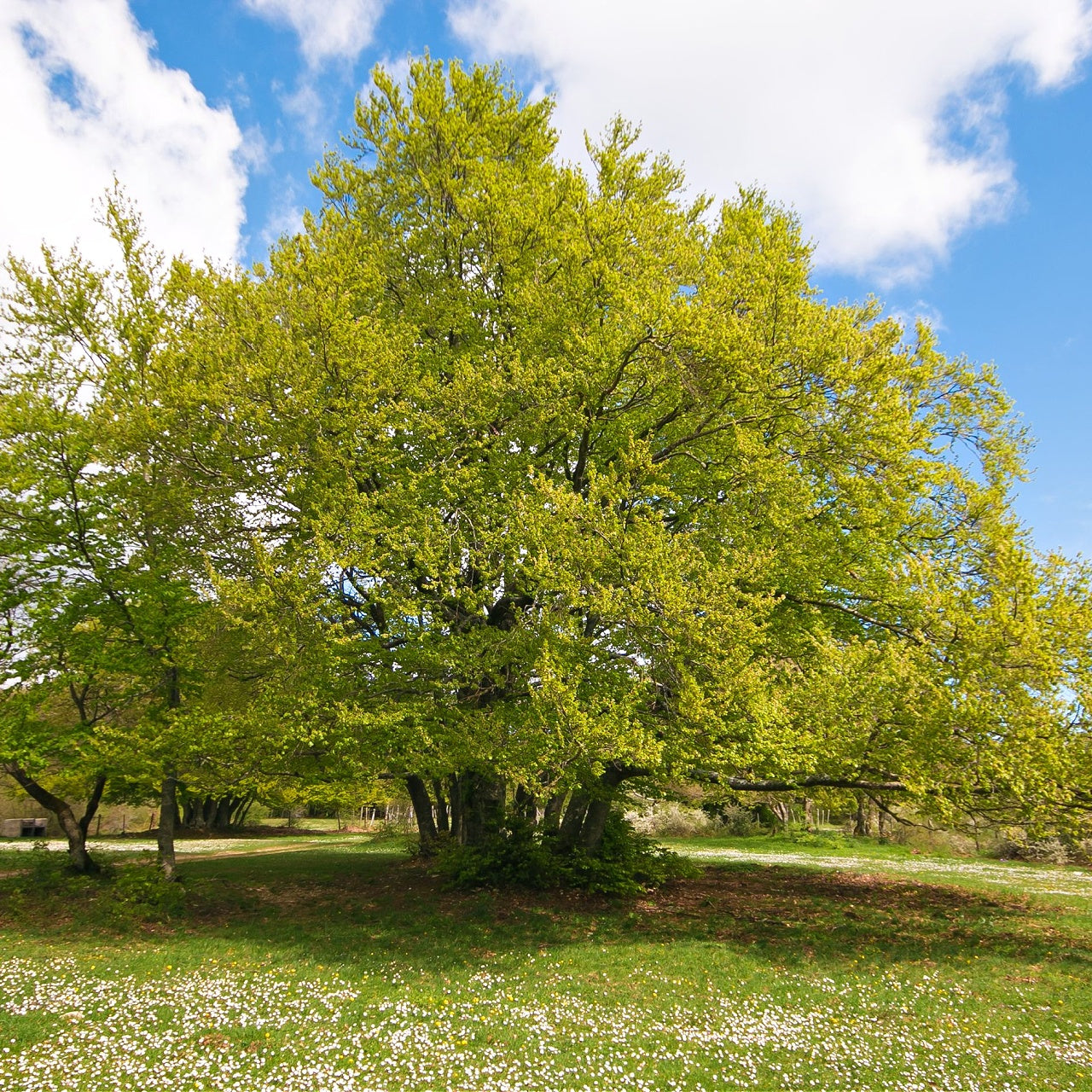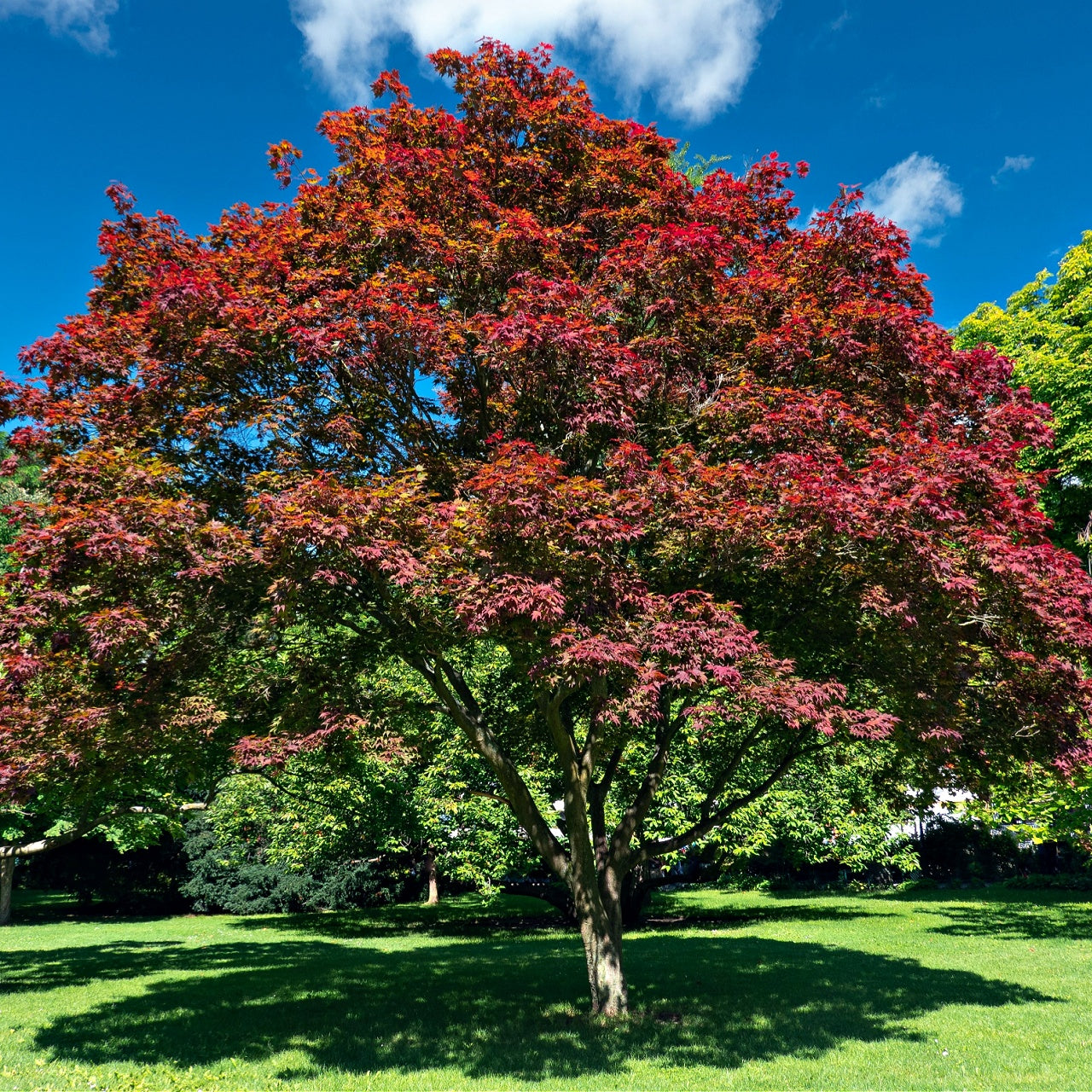
How to Build Your Own Raised Garden Beds for Improved Planting
How to Build Your Own Raised Garden Beds for Improved Planting
How to Build Your Own Raised Garden Beds for Improved Planting
Building your own raised garden beds is an excellent way to improve your gardening experience and enhance the productivity of your plants. Raised beds offer numerous benefits, including better soil quality, improved drainage, easier weed control, and a more ergonomic gardening position. This wide blog will walk you through the steps to create raised garden beds.
Imagine having a garden to grow fruits, vegetables, or beautiful flowers. One way to achieve that is by using a raised garden bed. A raised garden bed is a container purposely designed for planting, positioned above the ground level, and filled with soil. This container can be made of various materials such as wood, stone, or even recycled plastics. The height of the container can vary, but it typically ranges from 6 to 12 inches tall. For those who have difficulty bending down, some raised garden beds are designed to be higher for easier accessibility. You can have your little slice of nature in your backyard utilizing a grown garden bed.
Before building a raised garden bed, the first step is planning. Start by deciding where in your garden you want to place the beds. Choosing a location that receives ample sunlight, preferably six to eight hours daily, is ideal. It would help if you also considered the closeness to a water origin for easy watering and the quality of natural soil in the area. If pests like rabbits or deer are in your garden, choosing a spot that's easier to protect or fence is best. Proper planning will help you create a productive and thriving garden.
After selecting the location, it's time to choose the material for your garden beds. Wood is popular due to its natural appearance, affordability, and ease of use. Cedar and redwood are excellent options as they are naturally rot-resistant. However, if you're looking for a more durable option, consider using bricks, stones, or composite materials. Each material has pros and cons, so weigh them based on your budget, aesthetic preferences, and how long you want the beds to last.
After acquiring the necessary materials, it's time to measure and cut them to the required dimensions. For a standard raised bed, 4 feet by 8 feet is usually recommended, as it allows easy access to the center from all sides. Ensure that the bed's width is narrow enough to allow you to reach the center while standing outside. This size is also convenient as it aligns with the standard lengths for which lumber is sold, reducing the need for additional cuts.
Let us move on to the subsequent step, assembling the frame. If you have decided to use wood, you will require a saw to cut it to the desired size and a drill to attach the pieces using screws. Ensuring the corners are perfectly square is essential to keep the bed even and stable. In the case of stone or brick, you will need to engage in some digging to set the first layer of rocks or bricks below ground level. This will ensure the bed has a firm foundation and remains stable even in the long run. Before filling the bed with soil, prepare the ground beneath. Remove grass or weeds and loosen the dirt with a shovel or a fork. This step is crucial as it helps with drainage and allows plant roots to penetrate deeper into the ground. If you have a problem burrowing pests, consider laying a wire mesh at the bottom of the bed.
Ensuring The Growth And Health Of Your Plants In Your Garden Bed Is Key
One of the most critical factors in ensuring the growth and health of your plants is filling your raised bed with the right type of soil. The perfect soil blend should consist of topsoil, compost, and other organic materials to create an optimal and well-balanced environment for your plants. The nutrient-rich compost provides essential nourishment, while the topsoil creates a suitable structure for the plant's roots to grow and thrive. You can also tailor the mixture to suit the exact needs of the plants you plan to grow by adding other amendments to the soil. You can give your plants the best possible start for a healthy and bountiful harvest with the right soil mixture.
Raised bed gardens require specific watering techniques to maintain healthy plants and abundant harvests. Unlike traditional gardens, the soil in raised beds tends to dry out faster because of the increased exposure to air and heat. Consequently, watering them more frequently is essential, especially during hot and dry weather conditions. However, raised beds have better drainage, which minimizes the risk of overwatering and root rot. If you want to ensure consistent moisture levels and reduce the time and effort spent watering your raised bed garden, consider installing a drip irrigation system. This method provides water directly to the plant's roots, reducing evaporation and runoff and improving water efficiency. Additionally, a drip system can be set on a timer, making it easier to maintain the correct moisture levels for your plants.
Mulching is another crucial aspect of maintaining your raised garden bed. Mulch helps retain moisture, suppress weeds, and improve soil quality. Organic mulches like straw, wood chips, or leaf mold are great choices. They die down over time, adding organic matter to the soil.
Raising Garden Plants Offer The Opportunity To Grow Various Plants
As for planting, raised beds offer the opportunity to grow various plants. From vegetables to flowers to herbs, you can create a diverse garden. The improved soil conditions in a raised bed often lead to healthier plants and higher yields. Plan your planting based on each plant's seasons and specific requirements.
Maintaining a healthy raised garden bed requires consistent attention and care. Regularly removing weeds, providing adequate water, and incorporating fresh compost annually ensures your garden stays vibrant and fruitful. Additionally, alternating the types of crops you grow each year can assist in preventing soil-borne diseases and improve soil quality over time. With these practices in place, your garden will continue flourishing for years.
In conclusion, building and maintaining a raised garden bed requires some initial effort, but the rewards are plentiful. It enhances the look of your garden, makes gardening more accessible and enjoyable, and can lead to a more productive and healthy garden. Whether you're a seasoned gardener or a beginner, raised gardens are a fantastic addition to your gardening journey.







